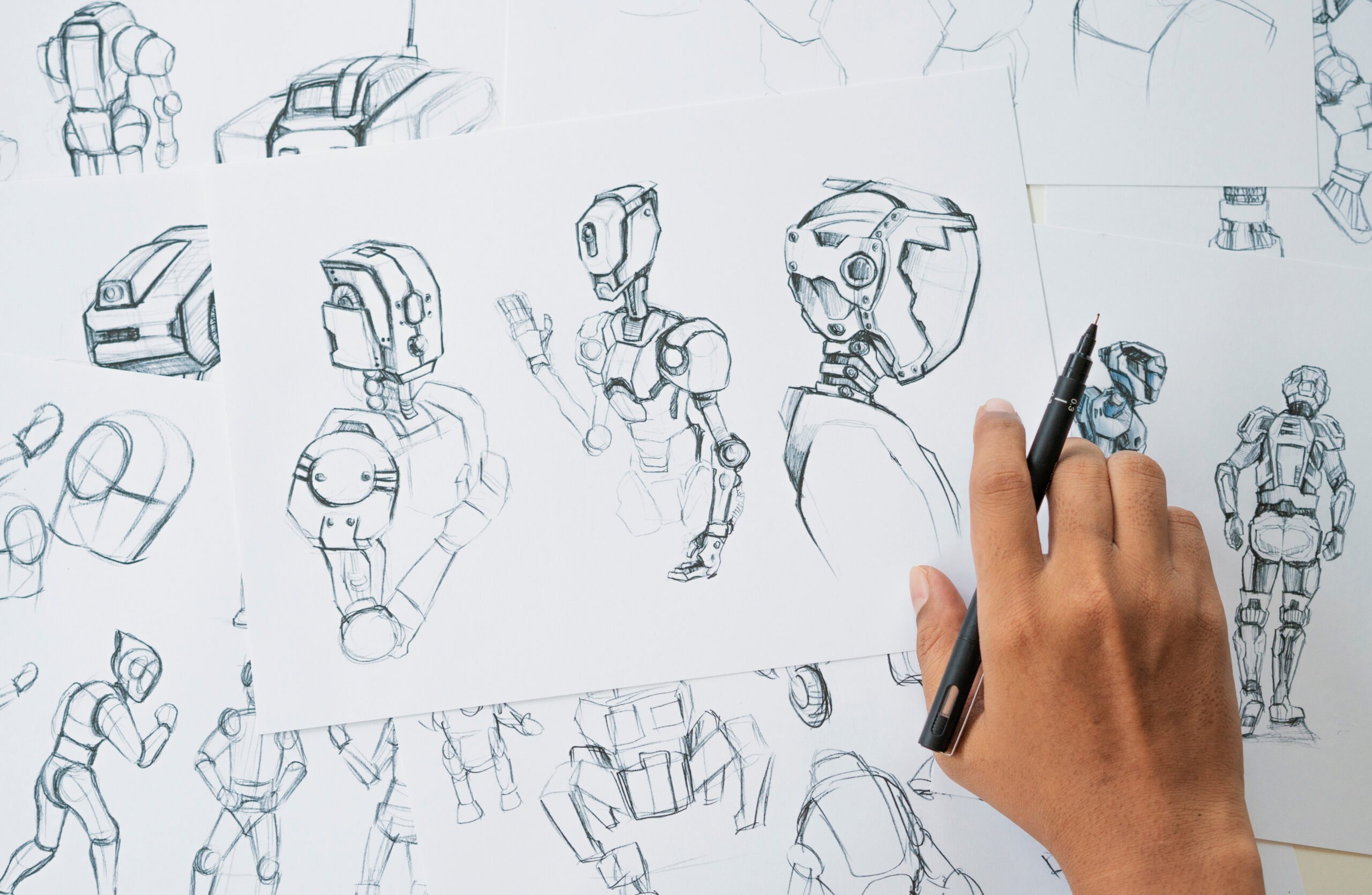When I think about design, I do not see it as just creating pretty visuals. For me, design is about storytelling. Every brand has a story, and visual storytelling allows that story to be communicated clearly and powerfully to its audience. People do not just buy products or services; they buy experiences, emotions, and meaning. A design that tells a story can transform a brand from something transactional into something memorable and relatable.
Understanding the Audience
Before I begin any design project, I spend time understanding the audience. Who are they? What motivates them? What challenges do they face? These insights form the foundation of the narrative I want to communicate. A visual story is only effective if it resonates with the people experiencing it. By understanding the audience’s perspective, I can create designs that speak directly to their needs, aspirations, and emotions.
Crafting a Narrative Through Design
Visual storytelling is about more than placing images and text on a page. It involves structuring the design in a way that guides the viewer through a story. This could be a website that unfolds information in a logical flow, a social media campaign that builds anticipation over time, or packaging that conveys a brand’s values instantly. Every color choice, font selection, and image placement should support the narrative. I think of design as a stage where every element plays a role in conveying the story.
Strategic Use of Visual Elements
One of the key ways I bring a brand’s story to life is through visual consistency. Logos, typography, and color palettes are more than aesthetic choices; they are tools for reinforcing identity and building recognition. Consistent visuals help audiences connect with a brand on a subconscious level. For example, a clean, minimal design may convey professionalism and trust, while vibrant, bold colors can express energy and creativity. Strategic visual choices ensure that the story is communicated clearly without the audience having to read a single word.
Integrating Narrative with Purpose
Every visual story needs purpose. I always ask myself: what do we want the audience to feel or do? A well-crafted narrative will guide the viewer toward a desired outcome, whether it is engaging with content, making a purchase, or sharing a message. I integrate calls to action subtly within the visual story so that it feels natural rather than forced. This alignment between narrative and purpose ensures that design is not only beautiful but also effective.
Balancing Creativity and Clarity
One of the challenges in visual storytelling is balancing creativity with clarity. It is easy to get carried away with visually striking elements, but if the story is lost in the process, the message fails. I focus on making design choices that enhance comprehension rather than distract from it. Simplicity and intentionality are critical. The most powerful stories are those that are easy to follow and emotionally engaging at the same time.
Collaboration Enhances Storytelling
Visual storytelling is rarely a solo effort. I often collaborate with writers, marketers, and brand strategists to ensure that the story is coherent across all touchpoints. Marketing copy, visuals, and interactive experiences need to complement each other. Collaboration allows different perspectives to inform the narrative, making it richer and more effective. Together, we can create a seamless experience that communicates the brand’s story in every interaction.
Using Storytelling to Build Trust
One of the most significant benefits of narrative-driven design is its ability to build trust. When audiences understand and relate to a brand’s story, they are more likely to engage and remain loyal. Trust is earned by being consistent, authentic, and transparent. Visual storytelling helps convey these qualities without relying solely on words. I aim to create designs that feel genuine and approachable, so the audience feels connected to the brand on a deeper level.
Adapting Stories Across Platforms
In today’s digital world, a brand’s story is experienced across multiple channels. A narrative must be flexible enough to adapt to websites, social media, email campaigns, and printed materials. I think strategically about how a story can be translated across different formats while maintaining coherence. This requires a thorough understanding of each platform’s strengths and limitations and using design to maximize the impact of the story on each channel.
The Lasting Impact of Visual Narratives
The power of visual storytelling lies in its ability to create lasting impressions. People may forget a statistic or a product feature, but they remember stories that made them feel something. Every project I take on is an opportunity to craft a narrative that resonates and leaves an imprint on the audience’s mind. By combining creativity, strategy, and empathy, I can help brands communicate their essence in a way that feels meaningful and memorable.
Visual storytelling is not just a trend or a design technique; it is a philosophy. It requires thinking beyond aesthetics and focusing on the message, the audience, and the impact. When executed thoughtfully, it transforms brands from faceless entities into experiences that engage, inspire, and connect. As designers, we have the privilege and responsibility to tell these stories, and I am passionate about making every visual choice count.
